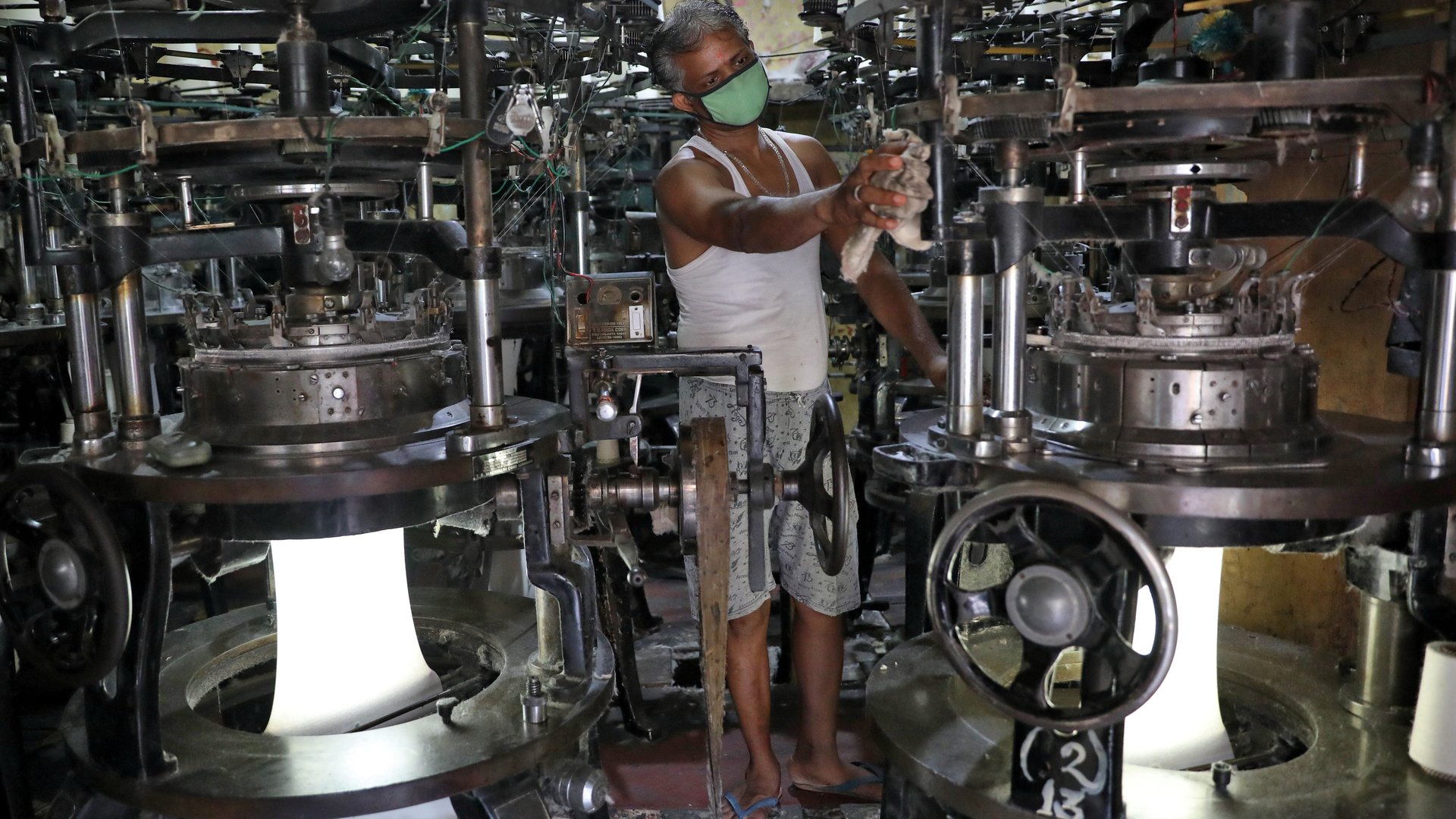Climate change will hit the factories of hotter, poorer countries first
As the world warms, the countries that will suffer the biggest losses in industrial productivity are those that need productivity the most, a new paper suggests. These are countries that are already hot, and that are inevitably also among the world’s poorest or most populous: countries in Asia, Latin America, and Africa that have historically contributed minimally to a rise in greenhouse gases, and that need surges rather than shocks in their industry.


As the world warms, the countries that will suffer the biggest losses in industrial productivity are those that need productivity the most, a new paper suggests. These are countries that are already hot, and that are inevitably also among the world’s poorest or most populous: countries in Asia, Latin America, and Africa that have historically contributed minimally to a rise in greenhouse gases, and that need surges rather than shocks in their industry.
The paper, published in the Journal of Political Economy, found that worker productivity drops between 2% and 4% per degree Celsius rise in temperature on a hot day. Absenteeism rises as well. In the most extreme cases, a one-degree rise in average temperature over 10 days raised the probability of a garment worker being absent by 10% and of steel workers by 2%. As a result of these effects, if the daily average temperature rises by one degree, the annual output of a factory will fall by 2.1% over the year.
The researchers, based in India and the US, conducted first-hand surveys in cloth-weaving, garment-sewing, and steel production facilities across India. They also analyzed 15 years of industrial data from nearly 70,000 factories, along with related weather data. Air-conditioning helped to offset productivity losses, they found, but it could not eliminate absenteeism.
The Indian government has estimated that temperatures in the country could rise by as much as 4.4 degrees Celsius by 2100. It has also warned that agricultural output could shrink. The production of wheat, for instance, could decrease by up to 23% by 2050 if no measures to combat the changing climate are taken.
There is, it turns out, a climactic sweet spot at which economies are most productive: an annual average temperature of 13 degrees Celsius. Populous countries such as Brazil, Nigeria, India, Bangladesh, Indonesia, and Nigeria are already warmer than that. Between them, they have hundreds of millions of people who have yet to be raised out of poverty, which will be harder to achieve as their economies slow in hotter weather.
Many parts of the world that will warm up to the productive vicinity of 13 degrees are, in large part, those that grew wealthy on the back of the climate’s transformation in the first place: the US and countries in Europe. The warming world will now widen the gap between these nations and their hotter, less prosperous counterparts further still.